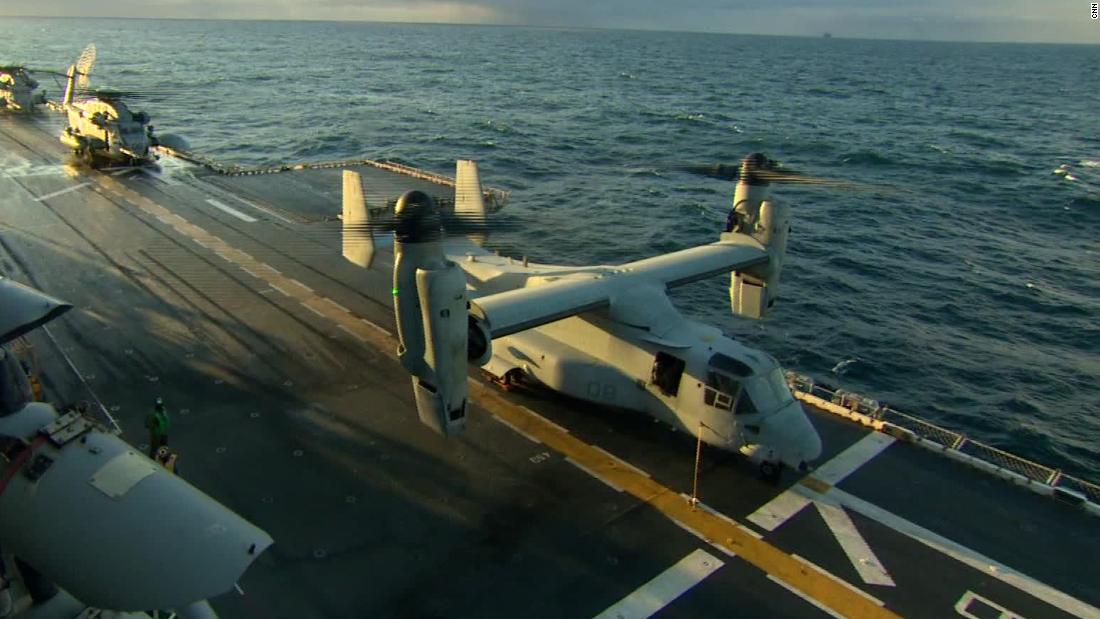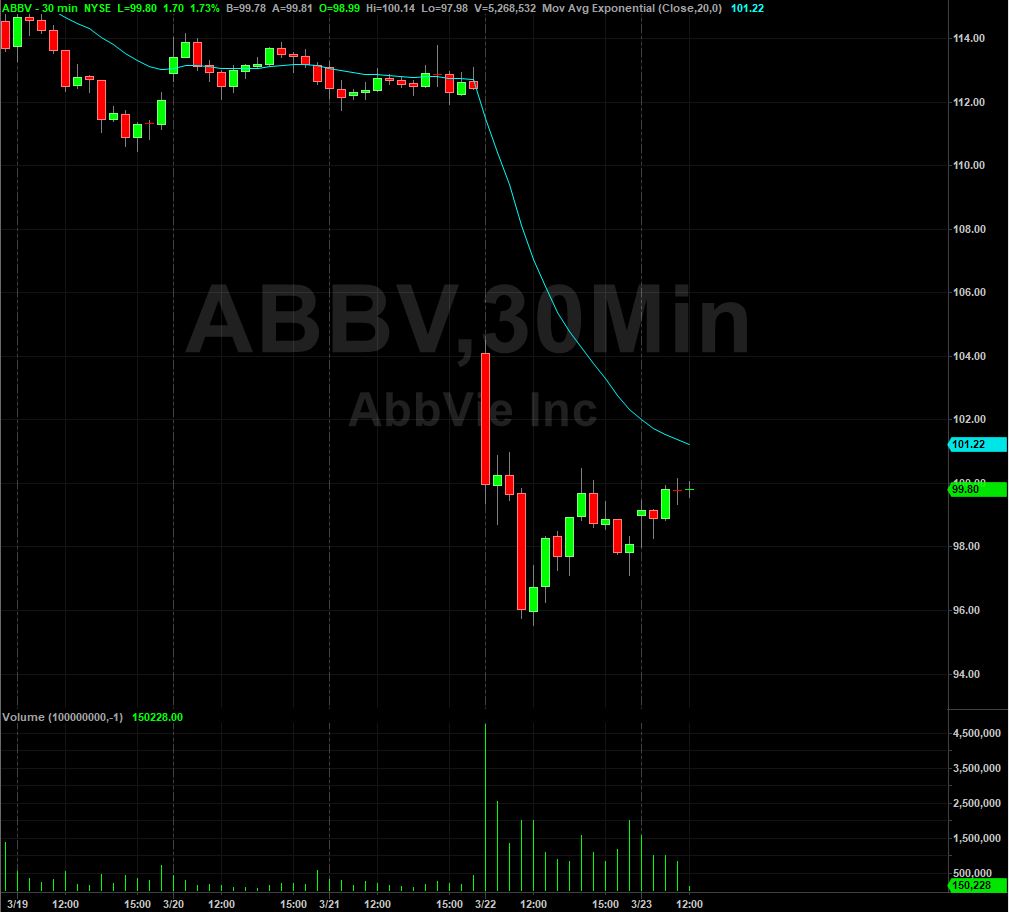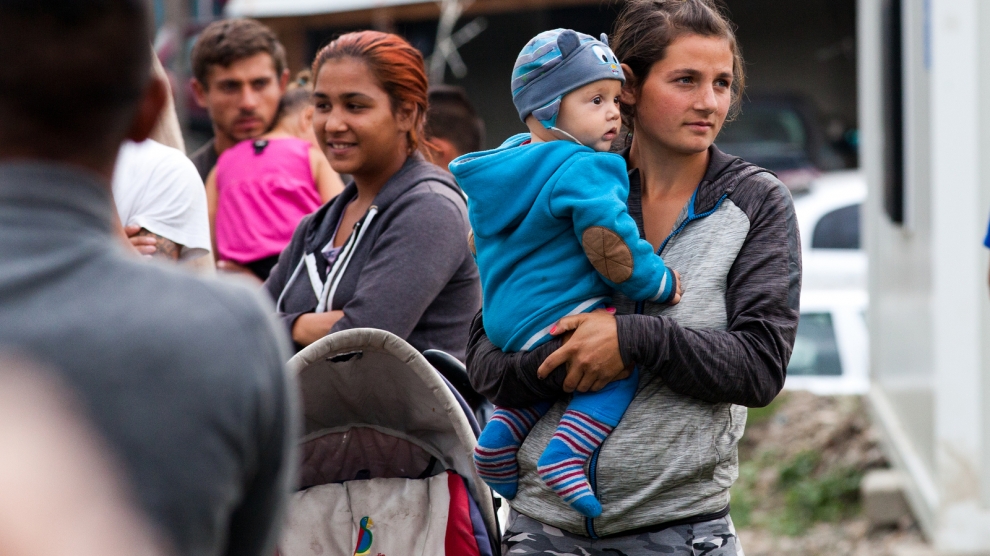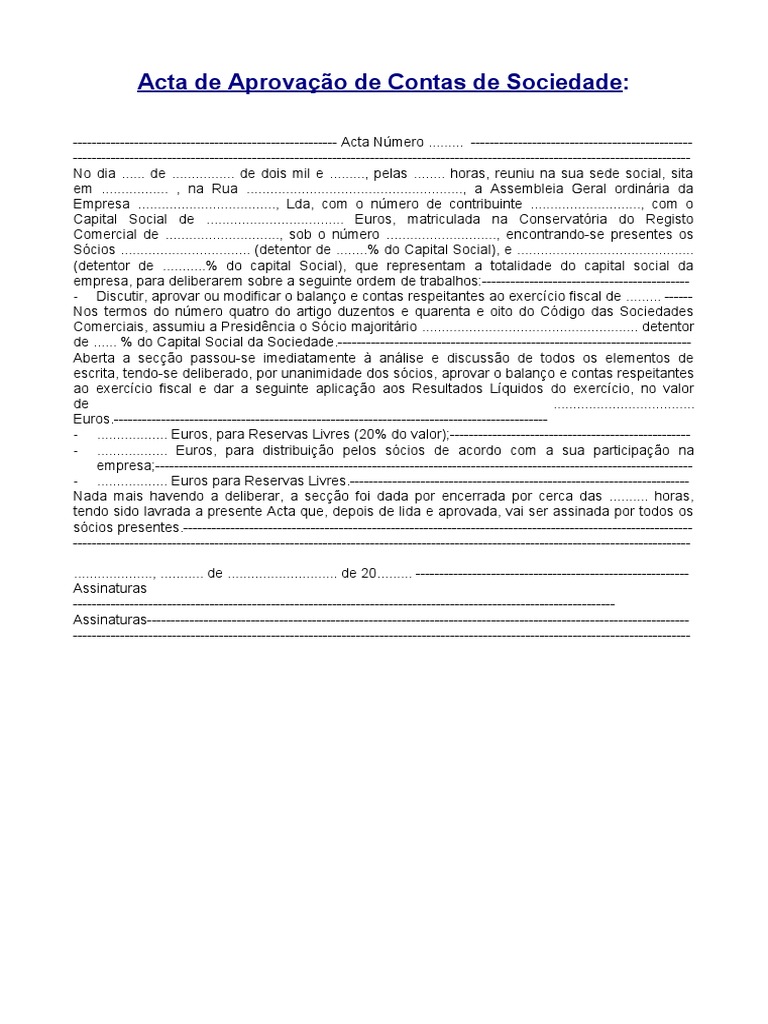Russia's Military Buildup: A Growing Threat To European Security

Table of Contents
Modernization of Russia's Armed Forces
Russia's military modernization program is a key component of its growing power projection capabilities. This significant investment in advanced weaponry and technological upgrades directly contributes to the escalating tension across Europe.
Investment in Advanced Weaponry
Russia's defense spending has seen a considerable increase in recent years, fueling a rapid modernization of its armed forces. This investment is focused on developing and deploying advanced weaponry, significantly enhancing its military capabilities.
- Hypersonic Missiles: The development and testing of hypersonic missiles like the Avangard and Zircon pose a significant challenge to existing missile defense systems, increasing Russia's strategic offensive capabilities. These missiles boast speeds exceeding Mach 5, making them extremely difficult to intercept.
- Advanced Fighter Jets: The deployment of the Sukhoi Su-57 stealth fighter jet represents a significant leap in Russian air power. Its advanced stealth technology and maneuverability enhance Russia's air superiority capabilities.
- Modernized Nuclear Arsenal: Russia is modernizing its nuclear arsenal, including the development of new delivery systems, posing a persistent threat to global security and contributing to the overall perception of Russia's military buildup. This modernization includes upgrading existing nuclear warheads and developing new types of nuclear weapons.
Increased defense spending, coupled with technological advancements, demonstrates a clear intent to modernize and expand its military might. Data from the Stockholm International Peace Research Institute (SIPRI) consistently highlights Russia's increased military expenditure in recent years.
Cyber Warfare Capabilities
Russia's sophisticated cyber warfare capabilities represent another significant aspect of its military buildup. These capabilities are increasingly used for espionage, sabotage, and disinformation campaigns, destabilizing the political and economic landscape within Europe.
- NotPetya Attack (2017): The NotPetya ransomware attack, widely attributed to Russian actors, caused billions of dollars in damages globally, highlighting the devastating potential of Russian cyber warfare.
- Colonial Pipeline Attack (2021): The attack on the Colonial Pipeline in the United States demonstrated the potential for cyberattacks to cripple critical infrastructure, with potential implications for European energy security.
- Disinformation Campaigns: Russia uses sophisticated disinformation campaigns through various online platforms to sow discord and influence public opinion within European countries, undermining democratic processes.
Research from organizations such as the Atlantic Council and the Center for Strategic and International Studies consistently highlights the growing sophistication and threat posed by Russian cyber capabilities.
Increased Military Activity Near European Borders
Russia's increased military activity near its European borders, including large-scale military exercises and deployments, fuels regional tensions and contributes significantly to Russia's military buildup.
Military Exercises and Deployments
The frequency and scale of Russian military exercises near European borders are escalating, often characterized by their provocative nature and sheer scale. These exercises showcase Russia's military readiness and are seen as a demonstration of power.
- Zapad Exercises: The Zapad military exercises, held periodically, involve significant troop deployments and often take place near the borders of NATO countries, raising concerns about potential aggression.
- Deployment of Troops and Equipment: Increased deployment of troops and advanced weaponry to regions bordering Europe signals a clear intent to exert influence and project power.
Maps illustrating the locations of these exercises and deployments clearly depict the growing military presence near European borders, further emphasizing Russia’s military buildup.
Aggression in Ukraine and Other Regions
Russia's military interventions in Ukraine and other regions bordering Europe, such as Georgia, demonstrate a willingness to use force to achieve its geopolitical goals, directly impacting regional stability and contributing substantially to the overall concern surrounding Russia's military buildup.
- Annexation of Crimea (2014): Russia's annexation of Crimea from Ukraine demonstrated its willingness to use military force to achieve its territorial ambitions.
- Conflict in Eastern Ukraine: The ongoing conflict in eastern Ukraine, fueled by Russian support for separatist groups, highlights the destabilizing impact of Russia's actions.
Credible news sources and reports from organizations like the OSCE consistently document Russia's military actions and their destabilization effects.
Impact on European Security Alliances
Russia's military buildup has had a profound impact on European security alliances, prompting responses from NATO and the European Union.
NATO Response
NATO has responded to Russia's military buildup by increasing its military presence in Eastern Europe and strengthening defense cooperation among member states.
- Enhanced Forward Presence (eFP): NATO's Enhanced Forward Presence involves deploying multinational battlegroups to the Baltic states and Poland, deterring potential Russian aggression.
- Increased Military Exercises: NATO has increased the frequency and scale of military exercises in Eastern Europe, demonstrating its commitment to collective defense.
European Union's Security Concerns
The European Union shares similar security concerns regarding Russia's military expansion, leading to increased cooperation on defense and security matters.
- EU Military Capabilities: The EU is working to enhance its military capabilities and defense cooperation among member states.
- Sanctions and Diplomatic Pressure: The EU has imposed sanctions on Russia and continues to engage in diplomatic efforts to de-escalate tensions.
Conclusion
Russia's military buildup poses a significant and multifaceted threat to European security. The modernization of its armed forces, increased military activity near European borders, and its assertive actions in Ukraine and other regions have prompted strong responses from NATO and the European Union. Staying informed about Russia's military buildup is crucial for understanding the evolving security landscape in Europe. Learn more about the latest developments and consider supporting organizations dedicated to promoting European security and addressing the threat of Russia's military expansion. Understanding the implications of Russia's military modernization is paramount for maintaining peace and stability in the region.

Featured Posts
-
 Akesos Disappointing Cancer Drug Trial Results Lead To Stock Plunge
Apr 29, 2025
Akesos Disappointing Cancer Drug Trial Results Lead To Stock Plunge
Apr 29, 2025 -
 Did Trump Promise A Posthumous Pardon For Pete Rose Fact Check
Apr 29, 2025
Did Trump Promise A Posthumous Pardon For Pete Rose Fact Check
Apr 29, 2025 -
 The Russian Militarys Moves Why Europe Is Concerned
Apr 29, 2025
The Russian Militarys Moves Why Europe Is Concerned
Apr 29, 2025 -
 Louisvilles Shelter In Place A Communitys Resilience And Remembrance
Apr 29, 2025
Louisvilles Shelter In Place A Communitys Resilience And Remembrance
Apr 29, 2025 -
 Past Tragedy Weighs Heavy As Louisville Residents Shelter In Place
Apr 29, 2025
Past Tragedy Weighs Heavy As Louisville Residents Shelter In Place
Apr 29, 2025
Latest Posts
-
 Find Kojak On Itv 4 Tv Listings And Air Times
May 12, 2025
Find Kojak On Itv 4 Tv Listings And Air Times
May 12, 2025 -
 Stallone Em Quadrinhos Uma Avaliacao Surpreendente Da Adaptacao
May 12, 2025
Stallone Em Quadrinhos Uma Avaliacao Surpreendente Da Adaptacao
May 12, 2025 -
 De Schoonheid Van Sylvester Stallones Dochter Foto Lokt Positieve Reacties Uit
May 12, 2025
De Schoonheid Van Sylvester Stallones Dochter Foto Lokt Positieve Reacties Uit
May 12, 2025 -
 Ajuste De Contas Por Que A Adaptacao Em Quadrinhos De Stallone E Melhor Do Que Parece
May 12, 2025
Ajuste De Contas Por Que A Adaptacao Em Quadrinhos De Stallone E Melhor Do Que Parece
May 12, 2025 -
 Dochter Sylvester Stallone Oogst Lof Met Recente Foto Prachtige Verschijning
May 12, 2025
Dochter Sylvester Stallone Oogst Lof Met Recente Foto Prachtige Verschijning
May 12, 2025
